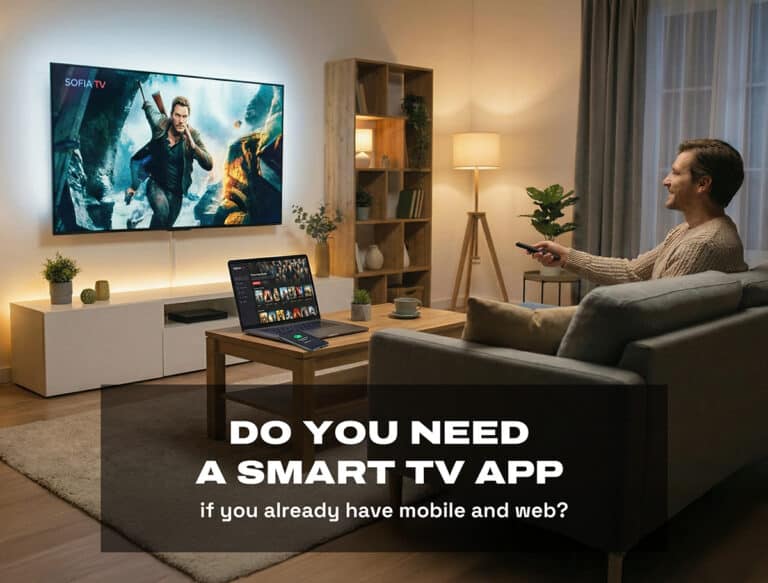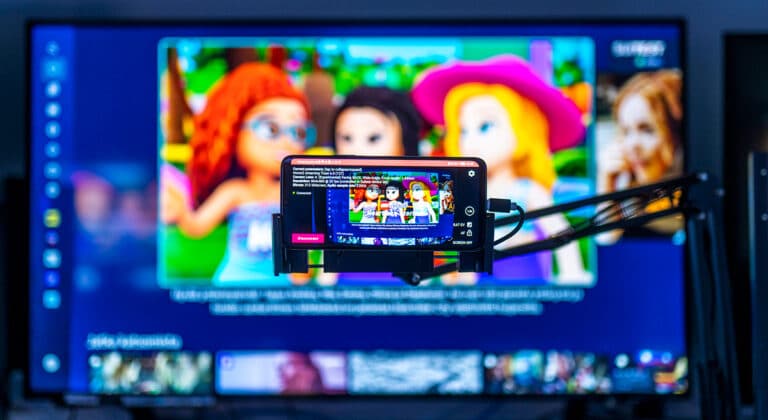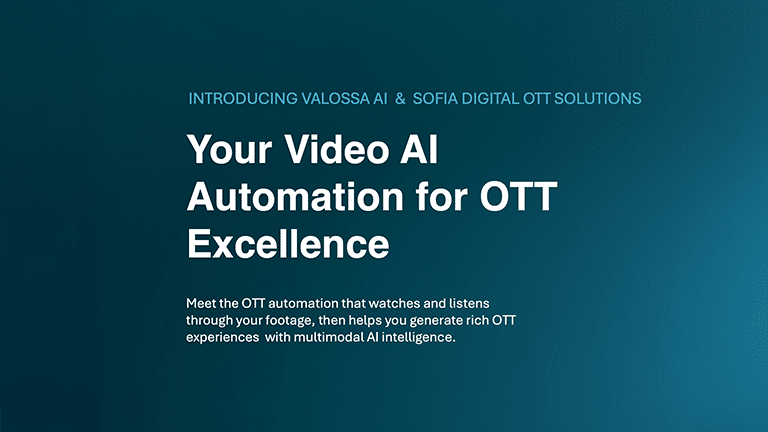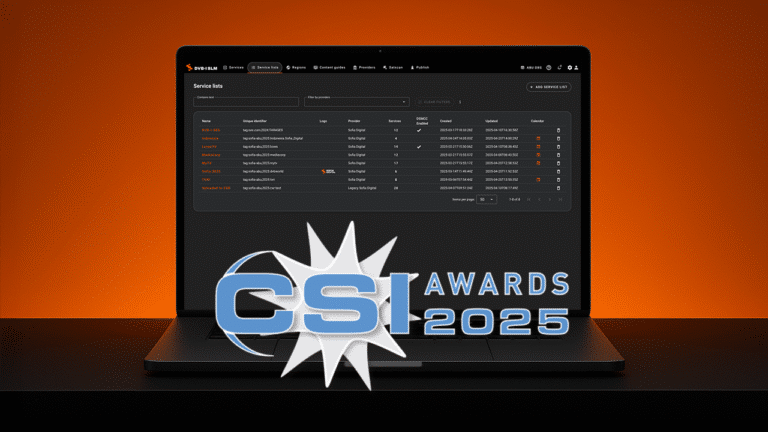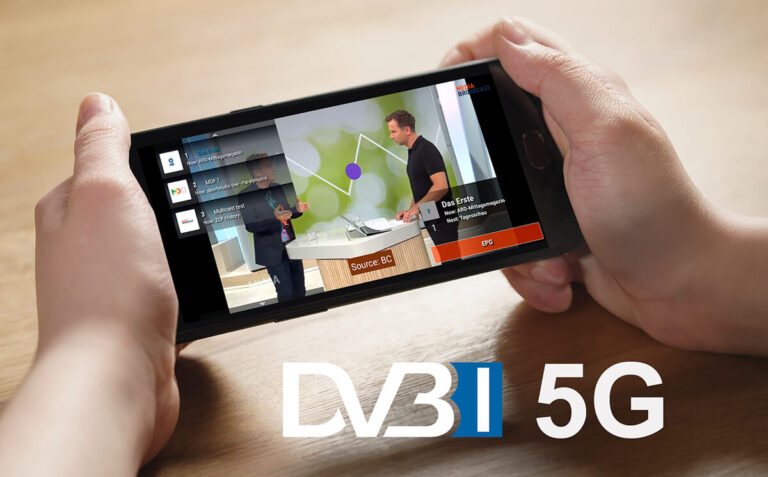We at Sofia Digital decided to raise some highlights from our previous shows IBC 2017 and HbbTV Symposium 2017 in Rome. Please enjoy!
HbbTV Symposium 2017 lessons learned
Introduction
Sofia Digital was sponsoring the 6th annual HbbTV Symposium at Rome, Italy in October 17-18 2017 and showing some of the latest HbbTV real-life services around the World. Mr. Juha Joki was one of the event speakers, explaining the HbbTV Reference Application project and the results.
We collected some thoughts to be shared with our customers and partners who were not able to join the event. All the HbbTV Symposium 2017 presentations can be found here: http://hbbtvrome.com/wp-content/uploads/2017/10/HbbTV-Symposium-Rome-2017-all-presentations-v1.1.pdf.
HbbTV is working very well for commercial TV stations and free-to-air broadcasters, who are also looking for new business opportunities to keep competitive in their markets. Some examples are highlighted below.
Targeted advertising
Steven Power from ITV said that hybrid television is a great opportunity for advertisers to reach mass markets. Klaus Merkel from IRT had a presentation on spot replacement: the replacement of broadcast ad clips by individually targeted ad clips via IP. We at Sofia Digital surely believe that hybrid is going to be a huge thing in advertisement market development.
HbbTV like any other standard is continuously developing and heavily influenced by technology and business trends – while standard’s adopters are guiding the standard to be even more widely acceptable and finding new use-cases to utilize the technology. For HbbTV the ongoing trends include big data and the idea of targeted advertising – a truly hybrid way of monetizing both existing OTT and broadcast infrastructure. These new opportunities of HbbTV connect many of the new technology’s promises together in a meaningful way.
These promises are also noticed by big international companies like for example Google, since they participated in HbbTV symposium with Dr. Oliver Friedrich who presented DoubleClick for Publishers (DFP) and DoubleClick TV. The main item in the presentation is: Google is fully committed to open standards. According to Google HbbTV plays an important role in the future monetization of broadcast and online video. Google will support the broadcasters’ and platform operators’ needs by providing the right tools & products. Helping the customers to have answers to device fragmentation and achieving scalability for Dynamic Ad Insertion is the main target of the DoubleClick team. Other Google products such as Cloud, AI, Android TV etc. complement this mission.
In the shadow of these huge IT industry-wide topics are many smaller technical details which caught the eye of a software architect working with the nuts and bolts on HbbTV backend and frontend development. In HbbTV 2.0.1 the addition of a second video player is one of these additions which help to create a seamless and user-friendly experience for video switching in the program timeline. By pre-buffering the upcoming advertising clip and changing to it at the start of the ad break the end user at home does not even realize that the underlying physical layer has changed from broadcast to broadband.

Childrens’ programs
Another interesting topic was presented by CCMA, the Catalan public broadcaster: a HbbTV service dedicated for children bringing up also some interesting statistical audience data what they have collected and analyzed. The service, Super3.cat, has attractive design with a very easy to use interface based on a simple navigation through tiles showing frames of the programs. The launch of Super3.cat app has had some promotion: Promotional Video emitted at least twice per day over broadcast channels. The HbbTV hook remained on screen longer than usual the first days. The consumption of programs for kids in HbbTV has been multiplied by five (5): Before the launch of Super3.cat, the kids’ content was accessible through the generic HbbTV 3alacarta app.
Key findings from the Super3.cat launch
- The consumption increase of kids’ programs in HbbTV due to the deployment of the Super3 App
- This application success has not affected other VoD distribution channels of the CCMA
- TV has overtaken mobile phones as the preferred device for online consumption of kids programs
Operator apps
The promise of operator apps: replacing the TV or STB native interface with a special HbbTV-based applications running in Smart TVs opens a whole new opportunity for operators to implement access to their service offering in a standard and easily implemented way – saving costs in proprietary SW and HW development. The specification is beginning to look good and efforts in getting it approved together with a rock-solid testing scheme ensuring interoperability between HbbTV devices makes the investment towards “OpApps” a truly enticing option for operators all over the world – not just DVB world but pure IPTV operators as well – as HbbTV just realized its version of a IPTV specification.
In the HbbTV Symposium Teun van der Veen presented operator applications – the experience of a set-top box without any additional boxes. Important features include: OpApp behaves as a source of the Smart TV (like in HDMI, TV, Video input), control via remote keys, adding the controlling of some buttons that traditional HbbTV App cannot use (e.g. P+, P-), automatically start-up the operator application after turning TV off and on. Benefits include the increased customer base happiness: adopting the best of OTT in order to retain the customers in TV. The application appeals also to cord-cutters with an operator alternative to counter the direct threat from OTT. Operator application co-exists with regular HbbTV apps, which gives potential to open up new markets. Standard is almost there, to be published as a separate specification relying on HbbTV 2.0.1 technology.
IBC 2017 Lessons Learned
Concentrating on the technology side of things, it seemed obvious that 4K is now the big “now available” thing everywhere and even 8K stuff was presented in many places. In terms of platforms and devices, Android TV seemed to be the biggest individual thing to notice. Almost all manufacturers seemed to be presenting some kind of Android TV -based device. And when talking about platforms, OperaTV’s rebranding to Vewd and readjusting the focus was of course rather interesting news as well. We will have to see how it will affect the market and industry. As well as the app store -based platforms, HbbTV was also widely mentioned everywhere and really seems to be taking big steps as a hybrid platform. There is a lot of interest for applications and services already in the market and new concepts seem to be developing all the time where the hybrid platform is utilized in many innovative ways.
Since the traditional TV’s transformation began and its struggles in trying to find it’s living space in a changing ecosystem, large global bodies like DVB are for the first time waking up to the upcoming crisis of broadcast TV and are starting to collaborate closer with HbbTV. This means that they are really starting to explore the commercial possibilities that are unique to the hybrid connection between broadcast and broadband. Namely this was Targeted Advertising, but we are looking forward to even more innovations when we get the ball rolling.
Big news during the IBC was W3C’s decision to publish Media Source Extensions (EME) as a W3C standard. This hopefully, while a controversial decision, will help hybrid TV to realize the potential of the platform by creating an open and stable way to implement DRM solutions.
As for not-directly-TV related things, it was impossible not to notice that all kinds of virtual reality things were widely presented. While VR is of course very much a consumer product already, the usage is still somewhat limited in real world applications. It is interesting to see what kind of implementations there will be in the future and how it might affect the TV production and industry as well.
